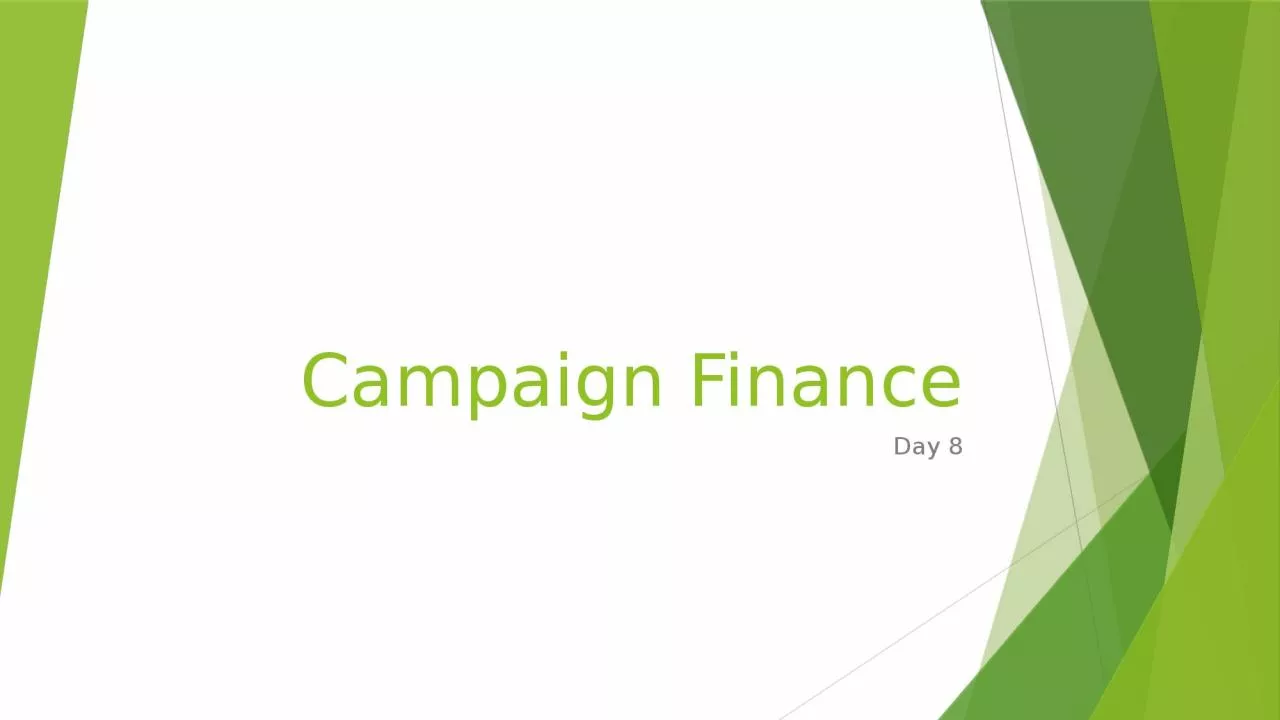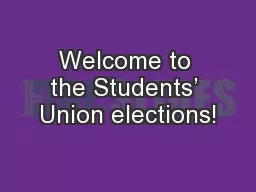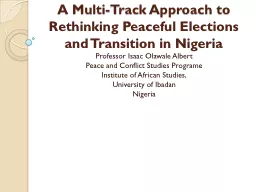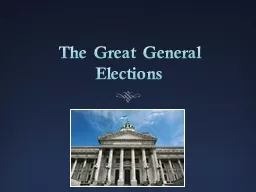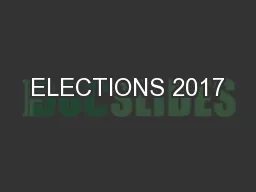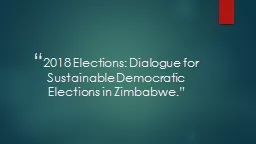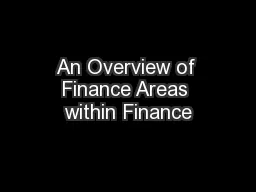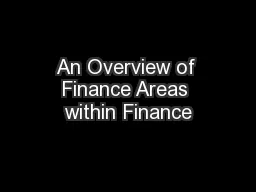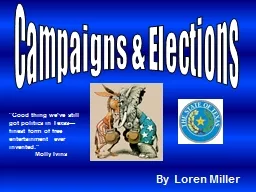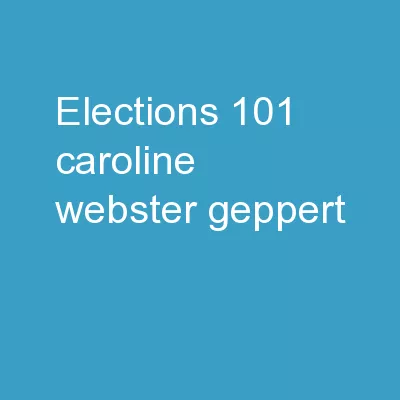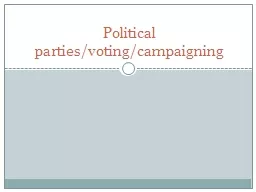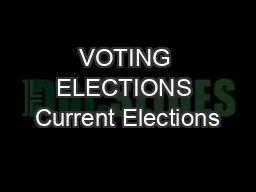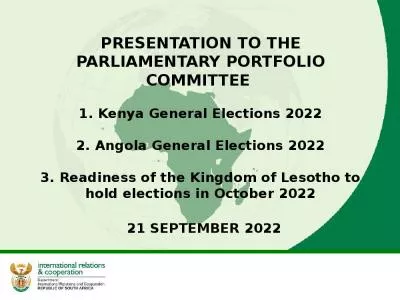PPT-Campaign Finance Day 8 Money in Elections
Author : fauna | Published Date : 2023-06-25
In 2008 candidates for office political parties and independent groups spent 5300000000 Over 1000000000 was spent by the two Presidential candidates Barack Obama
Presentation Embed Code
Download Presentation
Download Presentation The PPT/PDF document "Campaign Finance Day 8 Money in Election..." is the property of its rightful owner. Permission is granted to download and print the materials on this website for personal, non-commercial use only, and to display it on your personal computer provided you do not modify the materials and that you retain all copyright notices contained in the materials. By downloading content from our website, you accept the terms of this agreement.
Campaign Finance Day 8 Money in Elections: Transcript
Download Rules Of Document
"Campaign Finance Day 8 Money in Elections"The content belongs to its owner. You may download and print it for personal use, without modification, and keep all copyright notices. By downloading, you agree to these terms.
Related Documents

